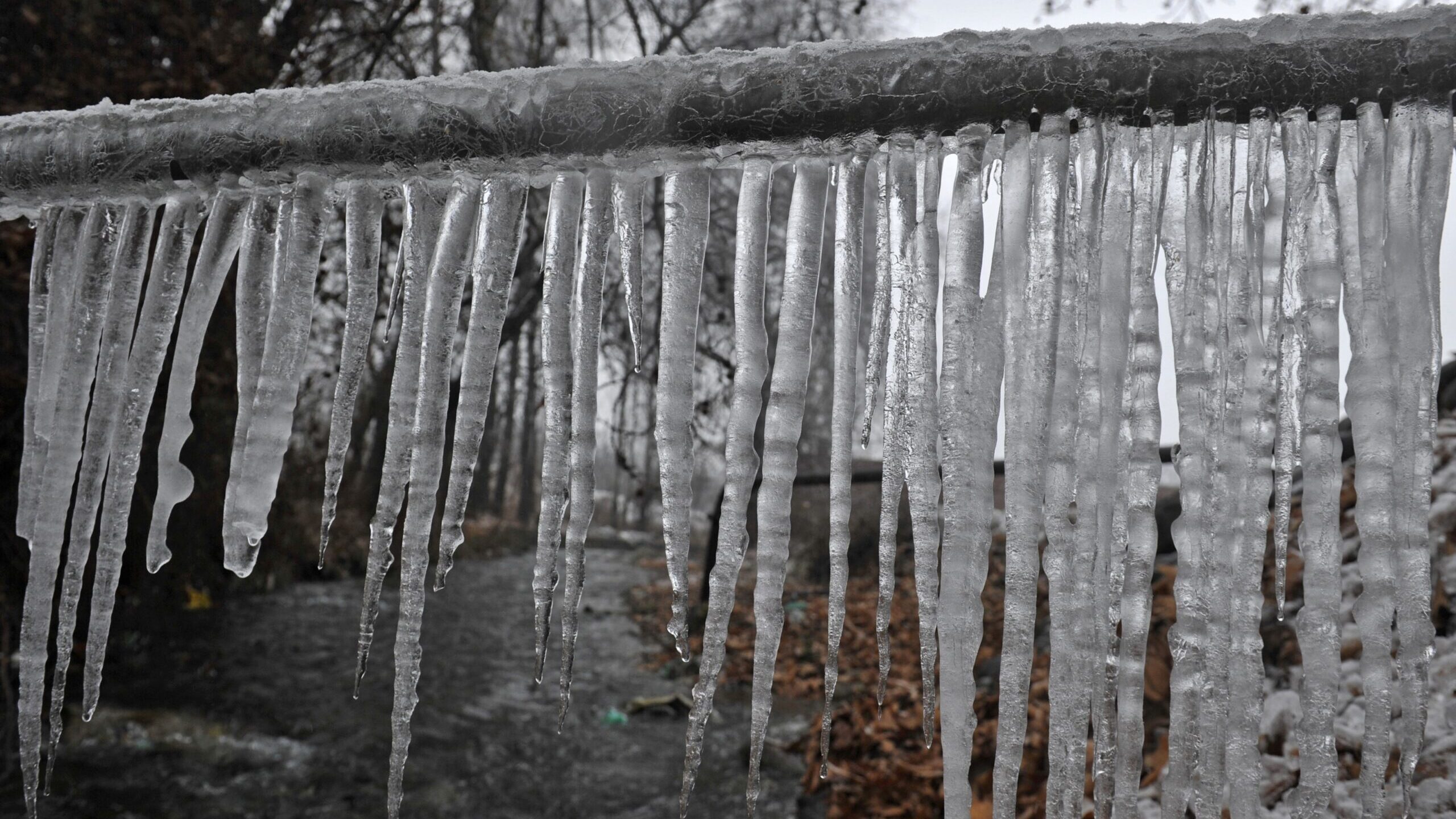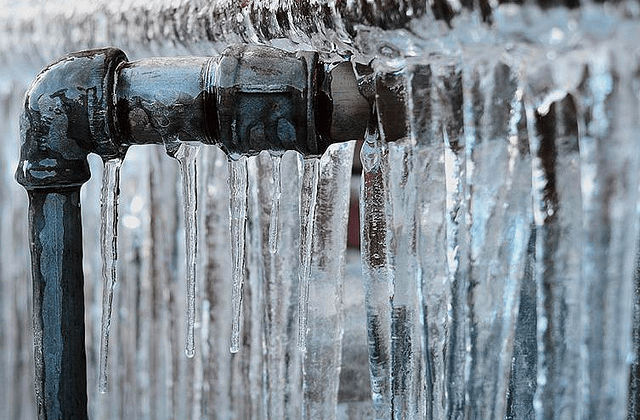This article in the next paragraphs on the subject of How To Avoid Freezing Pipes is quite intriguing. You should look it over.

Winter can wreak havoc on your plumbing, particularly by freezing pipelines. Below's exactly how to prevent it from happening and what to do if it does.
Intro
As temperature levels drop, the risk of icy pipelines rises, potentially causing expensive fixings and water damage. Understanding exactly how to stop frozen pipes is important for house owners in cold environments.
Avoidance Tips
Protecting susceptible pipes
Cover pipelines in insulation sleeves or make use of heat tape to secure them from freezing temperature levels. Concentrate on pipelines in unheated or exterior locations of the home.
Home heating techniques
Keep interior rooms sufficiently warmed, specifically locations with pipes. Open up cabinet doors to allow warm air to flow around pipelines under sinks.
Just how to identify icy pipelines
Seek reduced water flow from faucets, uncommon odors or noises from pipelines, and visible frost on subjected pipes.
Long-Term Solutions
Structural modifications
Think about rerouting pipelines far from outside wall surfaces or unheated locations. Add additional insulation to attics, cellars, and crawl spaces.
Updating insulation
Buy top quality insulation for pipelines, attic rooms, and wall surfaces. Appropriate insulation aids preserve constant temperature levels and decreases the danger of icy pipes.
Protecting Exterior Pipes
Yard hose pipes and exterior taps
Detach and drain garden pipes before winter. Set up frost-proof spigots or cover exterior faucets with protected caps.
Recognizing Frozen Pipes
What causes pipes to freeze?
Pipes freeze when revealed to temperature levels below 32 ° F (0 ° C) for extended periods. As water inside the pipelines freezes, it increases, putting pressure on the pipeline wall surfaces and possibly creating them to burst.
Threats and damages
Icy pipes can bring about water supply disruptions, property damage, and costly repair services. Ruptured pipes can flood homes and trigger comprehensive architectural damages.
Indicators of Frozen Pipeline
Identifying frozen pipes early can prevent them from bursting.
What to Do If Your Pipes Freeze
Immediate actions to take
If you presume icy pipelines, keep taps open up to alleviate stress as the ice thaws. Make use of a hairdryer or towels taken in hot water to thaw pipes gradually.
Verdict
Preventing icy pipelines requires positive procedures and fast responses. By recognizing the causes, indicators, and safety nets, property owners can secure their pipes throughout winter.
5 Ways to Prevent Frozen Pipes
Drain Outdoor Faucets and Disconnect Hoses
First, close the shut-off valve that controls the flow of water in the pipe to your outdoor faucet. Then, head outside to disconnect and drain your hose and open the outdoor faucet to allow the water to completely drain out of the line. Turn off the faucet when done. Finally, head back to the shut-off valve and drain the remaining water inside the pipe into a bucket or container. Additionally, if you have a home irrigation system, you should consider hiring an expert to clear the system of water each year.
Insulate Pipes
One of the best and most cost-effective methods for preventing frozen water pipes is to wrap your pipes with insulation. This is especially important for areas in your home that aren’t exposed to heat, such as an attic. We suggest using foam sleeves, which can typically be found at your local hardware store.
Keep Heat Running at 65
Your pipes are located inside your walls, and the temperature there is much colder than the rest of the house. To prevent your pipes from freezing, The Insurance Information Institute suggests that you keep your home heated to at least 65 degrees, even when traveling. You may want to invest in smart devices that can keep an eye on the temperature in your home while you’re away.
Leave Water Dripping
Moving water — even a small trickle — can prevent ice from forming inside your pipes. When freezing temps are imminent, start a drip of water from all faucets that serve exposed pipes. Leaving a few faucets running will also help relieve pressure inside the pipes and help prevent a rupture if the water inside freezes.
Open Cupboard Doors
Warm your kitchen and bathroom pipes by opening cupboards and vanities. You should also leave your interior doors ajar to help warm air circulate evenly throughout your home.

Do you enjoy reading up on Winter Plumbing Precautions: Preventing Frozen Pipes? Put feedback down the page. We would be pleased to hear your opinions about this content. In hopes to see you back again later on. Liked our article? Please share it. Help another person locate it. Thanks a lot for taking the time to read it.
Click Here